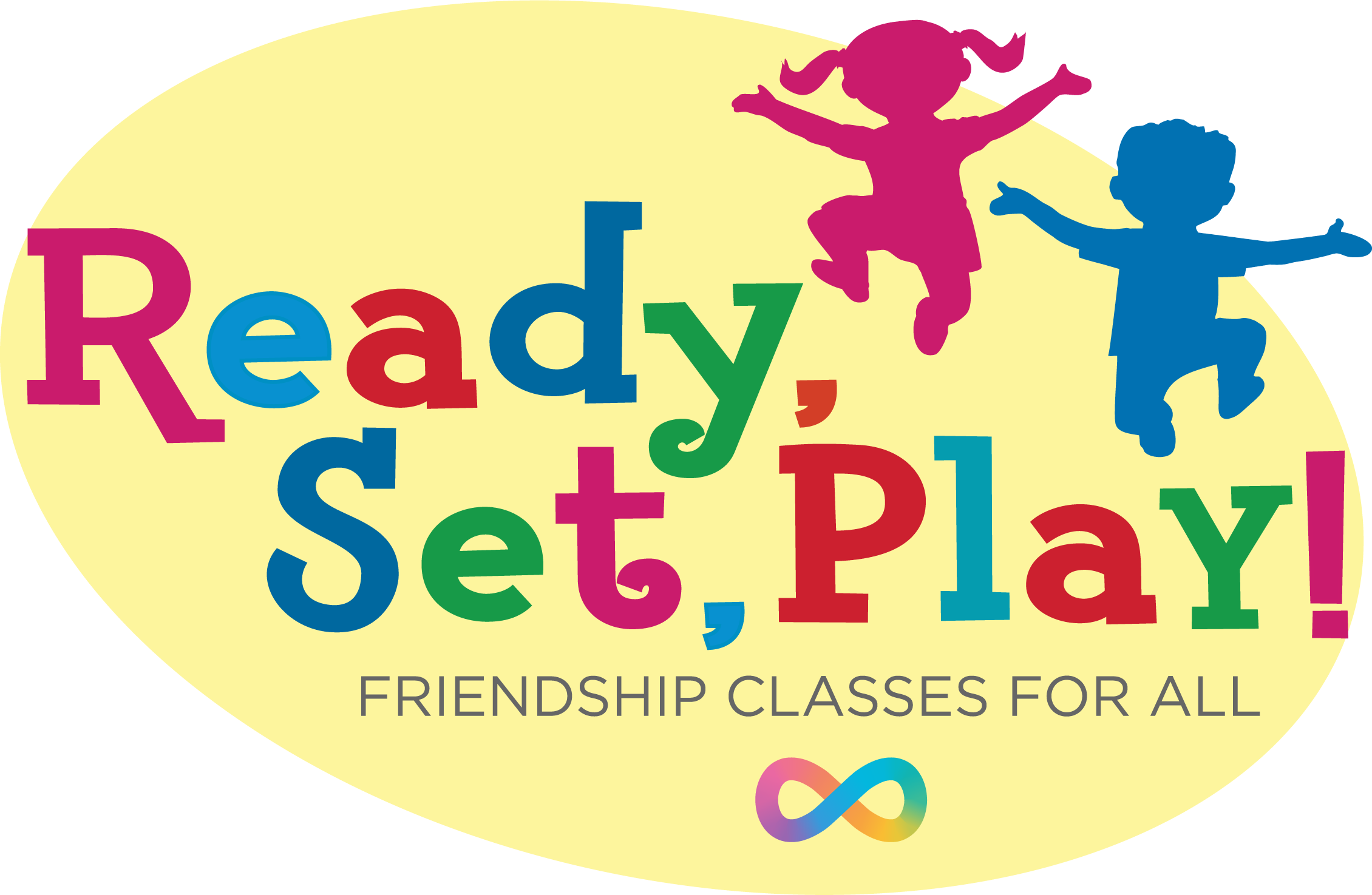|
Play
|
|
Language
|
9 Mo.
- Awareness that objects exist when not seen: finds toys hidden under scarf.
- Means-end behavior – crawls or walks to get what he wants: pulls string toys.
- Does not mouth or bang all toys – some used appropriately.
|
9 Mo.
- No true language: may have performative words (words associated with actions or the total situation)
- Exhibits the following communicative functions:
Request & Command
|
13 Mo.
- Purposeful exploration of toys: discovers operation of toys through trial and error: uses variety if motoric schemas.
- Hands toys to adult if unable to operate.
|
13 Mo.
- Context dependent single words, for example, child may use the word “car” when riding in a car, but not when he sees a car: words tend to come and go in child’s vocabulary.
- Exhibits the following communicative functions:
Request, Command, Label, Personal, Protesting, Interactional, Greeting, Response
|
17 Mo.
- Autosymbolic play, for example, child pretends to go to sleep or pretends to drink from cup or eat from spoon.
- Uses most common objects and toys appropriately.
- Tool-use (uses stick to reach toy).
- Finds toys invisibly hidden (when placed in box and box emptied under scarf).
|
17 Mo.
- Beginning of true verbal communication. Words have the following functional and semantic relations: Recurrence, Existence, Agent, Object, Denial Non-Existence, Rejection, Location, Action or State, Object or Person associated with object or location.
|
19 Mo.
- Symbolic play extends beyond the child’s self:
- Play with dolls: brushes doll’s hair, feeds doll a bottle, or covers doll with blanket.
- Child performs pretend activities on more than one person or object: for example, feeds self, a doll, mother, and another child.
- Combines two toys in pretend play, for example, puts spoon in pan or pours from pot into cup.
|
19 Mo.
- Refers to objects and persons not present. Beginning of word combinations with the following semantic relations:
Agent-Action, Action-Object, Agent-Object, Action-Location, Object-Location, Attributive, Dative, Possessive.
|
24 Mo.
- Represents daily experiences: plays house – is the mommy, daddy, or baby: objects used are realistic and close to life size.
- Events short and isolated; no true sequences: some self-limiting sequences – puts food in pan, stirs and eats.
- Block play consists of stacking and knocking down.
- Sand and water play consists of filling, pouring and dumping.
|
24 Mo.
- Uses earlier pragmatic functions and semantic relations in phrases and short sentences.
- The following morphological markers appear:
Present progressive [ing] on verbs, Plurals, Possessives.
|
2.5 Yrs.
- Represents events less frequently experienced or observed, particularly impressive or traumatic events.
- Doctor-Nurse-Sick child
Teacher-Child
Store-Shopper
- Events still short and isolated. Realistic props still required. Roles shift quickly.
|
2.5 Yrs.
- Responds appropriately to the following WH questions in context:
What, Who, Whose, Where, What.
- Asks WH questions – generally puts WH at beginning of sentence.
- Responses to why questions inappropriate except for well-known routines, such as, “Why is the doctor here?” … “Baby sick.”
- Asks why, but often inappropriate and does not attend to answer.
|
3 Yrs.
- Continues pretend activities of previous 2 stages, but now the play has sequence. Events are not isolated, for example, child mixes cake, bakes it, serves it, washes the dishes; or doctor checks patient, calls ambulance, takes patient to hospital and operates. Sequence evolves… not planned.
- Compensatory toy… re-enactment of experienced events with new outcomes.
- Associative play.
|
3 Yrs.
- Uses past tense, such as “I ate the cake.” … “I walked.”
- Uses future aspect [particularly “gonna”] forms, such as, “I’m gonna wash dishes.
|
3.5 Yrs.
- Carries out play activities of previous stages with a doll house and Fisher-Price toys (barn, garage, airport, village)
- Uses blocks and sandbox for imaginative play. Blocks used primarily as enclosures (fences, and houses, for animals and dolls).
- Play not totally stimulus bound. Child uses one object to represent another.
- Uses doll or puppet as participant in play.
|
3.5 Yrs.
- Descriptive vocabulary expands as child becomes more aware of perceptual attributes. Uses terms for the following concepts [not always correctly]:
Shapes, Sizes, Colors, Texture, Spatial relationships.
- Gives dialogue to puppets and dolls.
- Meta-linguistic language use, such as, “He said…”
- Uses indirect requests, such as, “Mommy lets me have cookies for breakfast.”
- Changes speech depending on listener.
|
4 Yrs.
- Begins to problem-solve events not experienced. Plans ahead. Hypothesizes “what would happen if…”.
- Uses dolls and puppets to act out scenes.
- Builds 3-dimentional structures with blocks which are attempts at reproducing specific structures child has seen.
|
4 Yrs.Verbalizes intentions and possible future events:
- Uses modals [can, may, might, will, would, could]
- Uses conjugations [and, but, if, so, because]
Note: Full cometence for these modals and conjugations does not develop until 10-12 years of age.
Begins to respond appropriately to why and how questions that require reasoning about perception. |
5Yrs.
- Plans a sequence of pretend events. Organizes what he needs – both objects and other children.
- Coordinates more than one event at a time.
- Highly imaginative. Sets the scene without realistic props.
- Full co-operative play.
|
5 Yrs.
- Uses relational terms [then, when, first, next, last, while, before, after].
Note: Full competence does not develop until 10-12 years of age. |

